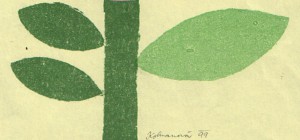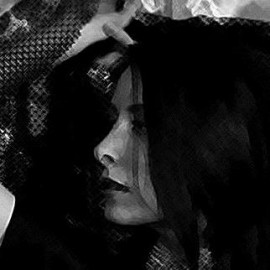Graphic techniques used
From Wikipedia
Linocut is a printmaking technique, a variant of woodcut in which a sheet of linoleum (sometimes mounted on a wooden block) is used for the relief surface. A design is cut into the linoleum surface with a sharp knife, V-shaped chisel or gouge, with the raised (uncarved) areas representing a reversal (mirror image) of the parts to show printed. The linoleum sheet is inked with a roller (called a brayer), and then impressed onto paper or fabric. The actual printing can be done by hand or with a press.
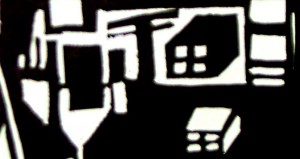
Drypoint is a printmaking technique of the intaglio family, in which an image is incised into a plate (or "matrix") with a hard-pointed "needle" of sharp metal or diamond point. Traditionally the plate was copper, but now acetate, zinc are also commonly used. Like etching, drypoint is easier for an artist trained in drawing to master than engraving, as the technique of using the needle is closer to using a
pencil than the engraver's burin.
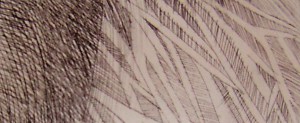
Etching is the process of using strong acid to cut into the unprotected parts of a metal surface to create a design in intaglio in the metal (the original process—in modern manufacturing other chemicals may be used on other types of material). As an intaglio method of printmaking it is, along with engraving, the most important technique for old master prints, and remains widely used today.
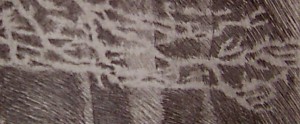
Aquatint is a variant of etching.
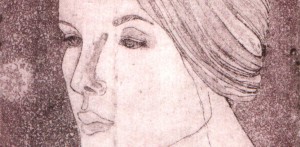
Lithography is a method for printing using a stone (lithographic limestone) or a metal plate with a completely smooth surface. Invented in 1796 by Bavarian author Alois Senefelder as a low-cost method of publishing theatrical works, lithography can be used to print text or artwork onto paper or another suitable material.
